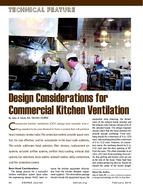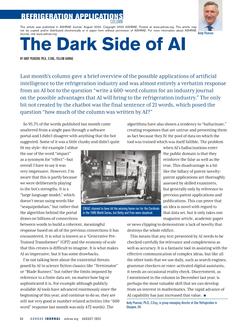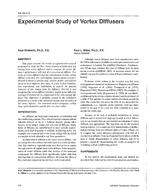In this symposium, we are considering several aspects of system performance optimization -the energy suppliers’ viewpoint of energy conservation in existing buildings, the controls industry 1 s suggestions for a “low energy11 diet for buildings, and the comparative performance of several types of multi-room systems on the reduced energy budget. The potential for energy savings in existing mechanical systems has been estimated at around 5% of the 1973 energy consumption in the u.s. for all purposes, This is truly a worthwhile goal.
Much of ASHRAE’s emphasis since the Los Angeles meeting in February of 1974 has been placed upon the national energy document, ASRRAE Standard 90P. Little organized work has come from the technical committees and task groups insofar as specific guidelines are concerned. This symposium is intended to present specific guidelines and proposals for methods and procedures for energy conservation in existing buildings.
The purpose of this paper is to stimulate your thinking along the lines of conserving energy while maintaining a reasonable degree of comfort by increasing the effectiveness of existing systems. Many of the suggestions made here are applicable to the design of new systems.
Let us recognize one point. We are addressing ourselves to energy conservation and not necessarily to dollar savings. In many cases, utility rate increases will be found to exceed even substantial decreases in consumption -an important point to make in justifying an energy conservation program. For those industries on fuel allocation, conservation is their only answer to survival.
This paper is structured as a 4-part approach to a program of energy conservation in existing buildings. The parts are logical in their philosophy, but they may, of necessity, overlap one another in the execution.
Product Details
- Published:
- 1975
- Number of Pages:
- 9
- File Size:
- 1 file , 1.2 MB
- Product Code(s):
- D-BO-75-02-1
- Note:
- This product is unavailable in Russia, Belarus


